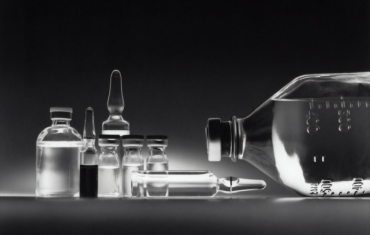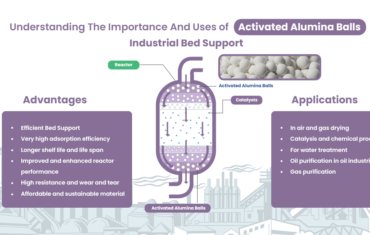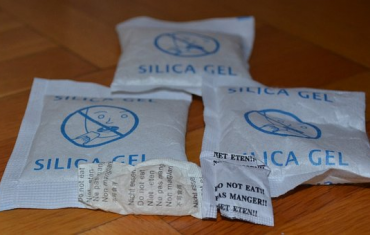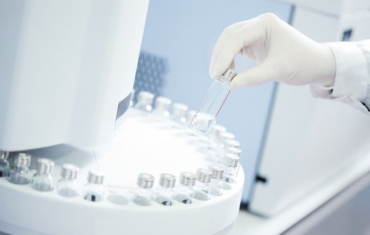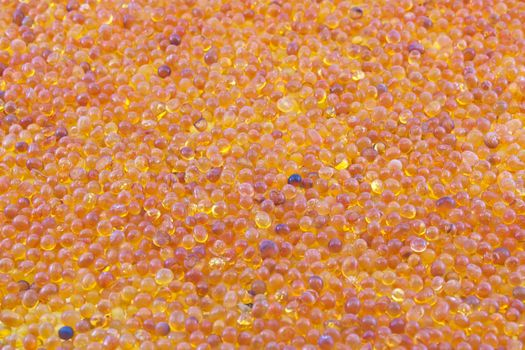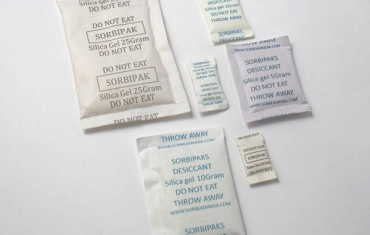Differences between Blue and Orange Silica Gel
When it comes to moisture-adsorbing agents, silica gel is a popular choice. However, did you know that not all silica gels are created equally? There are two primary types: blue and orange silica gel.
In this blog, we will explore the differences between these two variants, helping you gain a better understanding of the unique characteristics and applications of these silica gel desiccants.
Composition and Indication
Both blue and orange silica gels are composed of silicon dioxide (SiO2), but their colors indicate different levels of moisture saturation. Blue silica gel contains cobalt chloride, which turns from blue to pink as it adsorbs moisture. On the other hand, orange silica gel contains a moisture indicator called methyl violet, which changes from orange to green when it comes in contact with moisture. This distinct color change provides a quick visual indication of the moisture levels in the surrounding environment.
Adsorption Capacity and Reusability
Blue silica gel is typically known for its higher adsorption capacity compared to orange silica gel. It can adsorb moisture up to 40% of its own weight, making it ideal for applications where moisture control is crucial. Although orange silica gel has a slightly lower adsorption capacity, it is still effective in moderate humidity conditions.
Both blue and orange silica gels can be regenerated and reused. Blue silica gel can be heated at around 300°F (150°C) to remove the adsorbed moisture and restore its original blue color. In contrast, orange silica gel requires a higher temperature, around 350°F (175°C), for regeneration. Proper regeneration ensures their longevity and cost-effectiveness.
Applications
The distinctive properties of blue and orange silica gels make them suitable for various applications.
Blue silica gel finds applications in electronics, pharmaceuticals, and food packaging. Its ability to adsorb moisture rapidly helps protect sensitive electronic components, preventing corrosion and malfunction. Food packaging safeguards products from moisture-induced degradation, extending their shelf life.
Due to its moderate adsorption capacity, orange silica gel is commonly used in storage containers, closets, and small spaces like camera cases or gun safes. It helps prevent mildew, mold, and moisture damage, preserving the condition of valuable items.

Safety Considerations
While both blue and orange silica gels are considered safe for general use, it is essential to handle them with care. Blue silica gel contains cobalt chloride, which is classified as a possible human carcinogen.
Therefore, prolonged exposure or ingestion should be avoided. Free from cobalt chloride, Orange silica gel is a safer alternative if you have concerns about potential health risks. As with any desiccant, keeping silica gel packets out of reach of children and pets is advisable.
If you’re looking to buy silica gel orange or silica gel blue online, reach out to Sorbead India. We are silica gel manufacturers and also make oxygen absorber packets. To learn more about our services, visit us.



